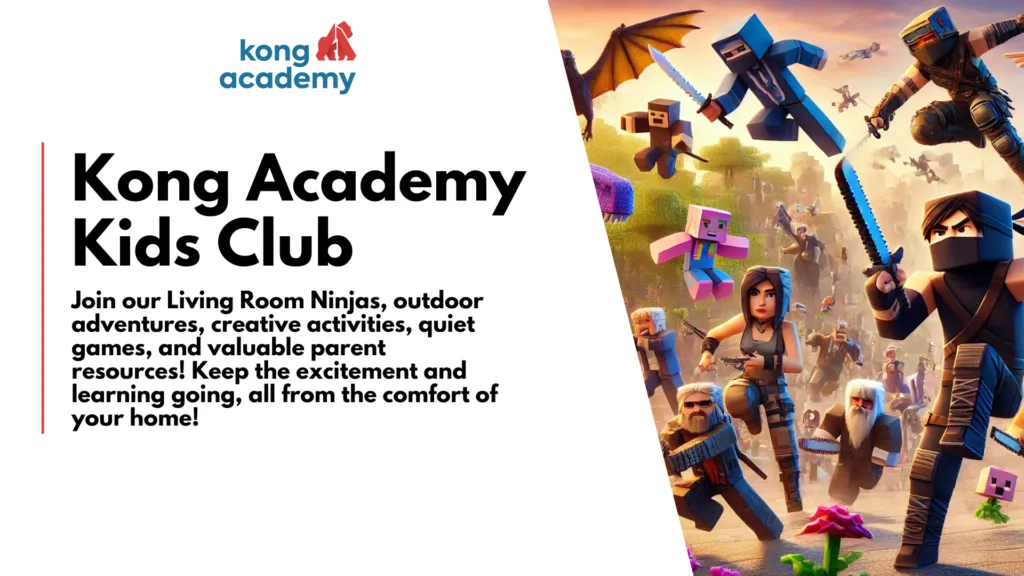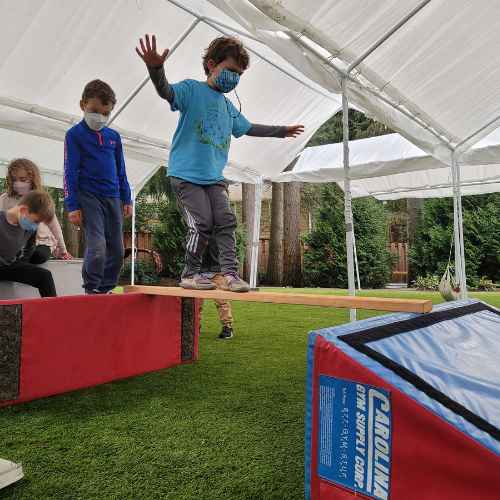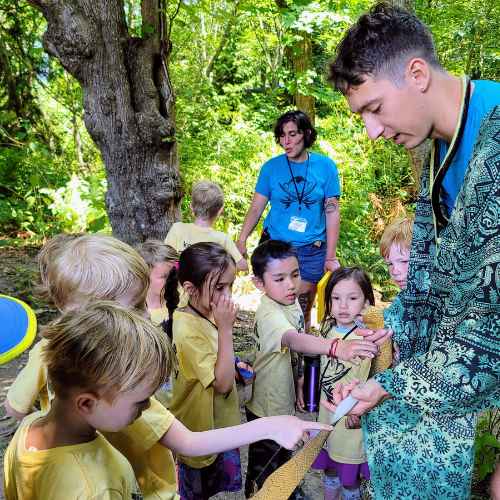Hello everybody. My name is Curt Jordan. I’m the founder of Kong Academy and today I wanted to talk to parents about risk.
A lot of times parents have this avoidance of risk because we want to keep our kids safe. That’s our job. We have to keep them safe and alive. When is risk manageable and healthy versus too much, and how much faith can we put into our kids in order for them to make responsible decisions?
A good question to ask yourself is, have you taught them tools they can use to make responsible decisions in their risk play? If you haven’t or you don’t know how that’s where we come in, and that’s what I want to talk to you about today. I want to show you methods you can use to help your kids to engage in risky play, at a level you feel comfortable with and that promotes their health and well being.
Now, risk is something they need because it’s going to help them develop the necessary skills to make responsible decisions. It’s about giving kids awareness of what they CAN and CANNOT do versus believing that what you’re afraid of is their limitation, which is far from true.
The questions that come up are: What does your kid want to do? What do you feel comfortable or not comfortable with? What kind of negotiation can you engage in with your child that allows them to develop and grow? The first step is: ask your child some mindfulness questions: “Did you notice that there’s a branch right above your head?” or “Did you notice that there’s a sprinkler sticking out of the ground right here?” That way you are teaching them to be aware of their environment and to be mindful while they’re engaging in their risk play.
Once kids are aware of what’s going on around them, they are much more likely to make responsible decisions because kids actually want to survive. They have brains and they don’t want to die just like every other human being on earth. We need to give them a certain amount of faith that they don’t want to get hurt, and that they’re going to actually make the best decisions they can.
Depending on their age, they have limitations in processing the information the environment is giving them. We can guide them to develop a system of thinking and a way of managing their own risk. That way, we can feel more comfortable when they are engaging in risk play, because they are gaining experience in a process that keeps them safe(r). So asking them, “Did you notice?” is a great way for you to teach your kid mindfulness while they’re playing.
The second thing is: just count to 10. Let’s say there’s something that really scares you and you get that gut moment as a parent, when you think they’re going to get hurt. Instead of intervening right away, count to 10. Just count to 10 and see what happens. See if they’re going to be okay. I’m willing to bet that 9 times out of 10, you are going to be surprised. We often set their limits based on our fears. What’s better is if we enter into a negotiation before we say something, maybe we just give them a few moments of independence to see what they are actually capable of. That gives your kids the opportunity to develop and grow and teaches you about their capacity to make responsible decisions.
In short, two tips:
1. Ask your kids if they have noticed xxx.
2. If you are scared, count to 10 before you intervene.
Hope you find this helpful. Please be sure to subscribe and look for new tips and tricks every week.
GET Access to the ULTIMATE PLAY DATE PACKAGE (Value: $49) for FREE!
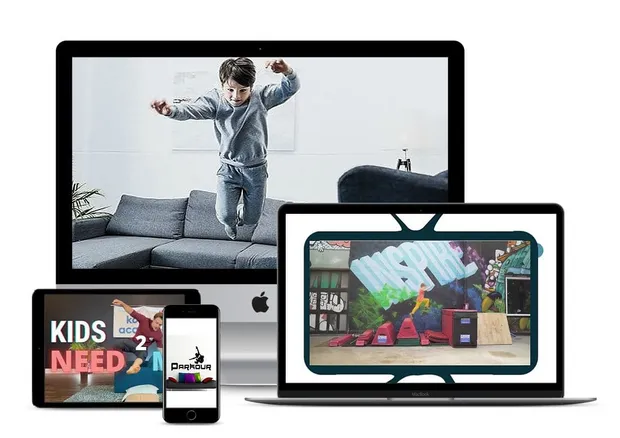
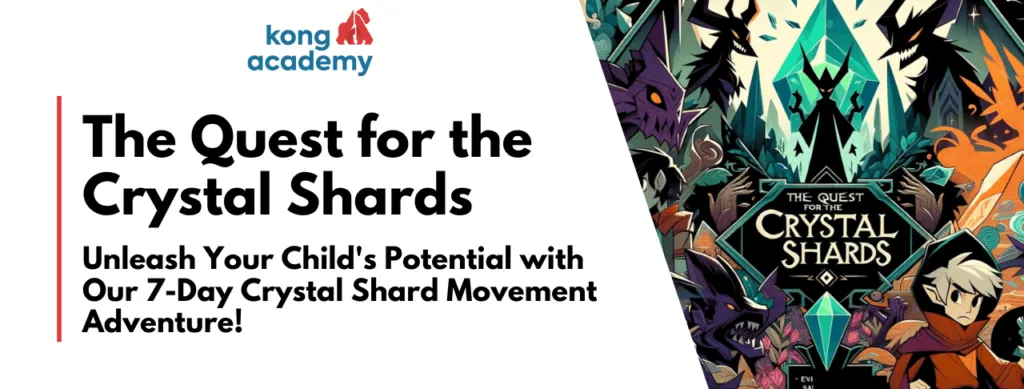
7-Day Crystal Shard Adventure
Unleash your child’s potential with our 7-day crystal shard movement adventure!

